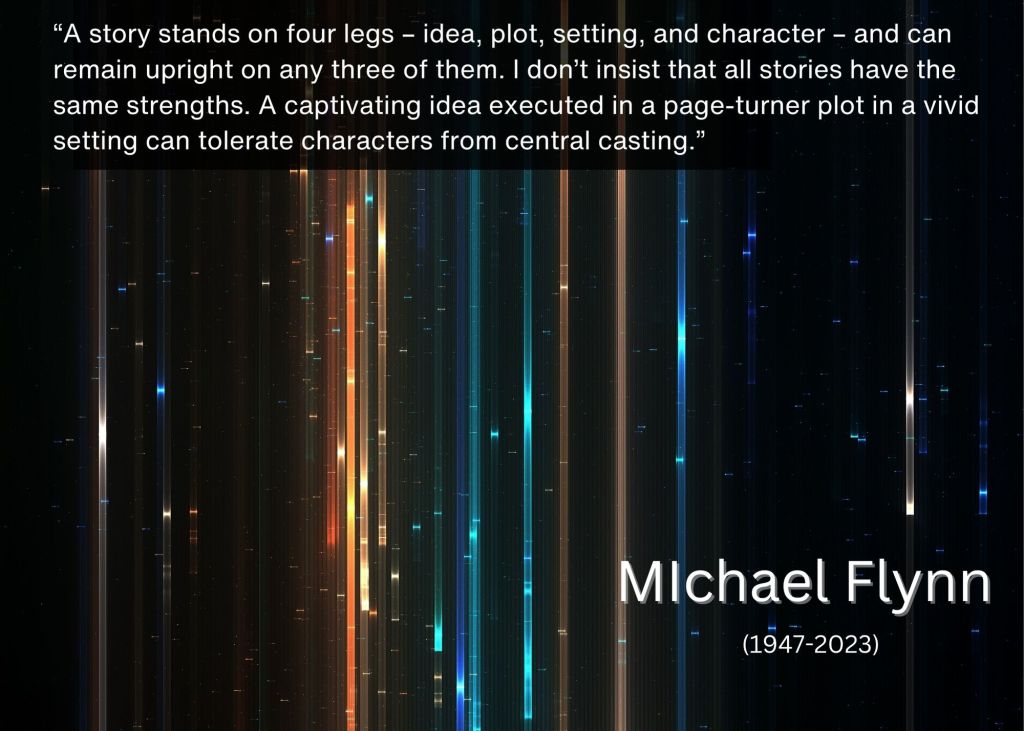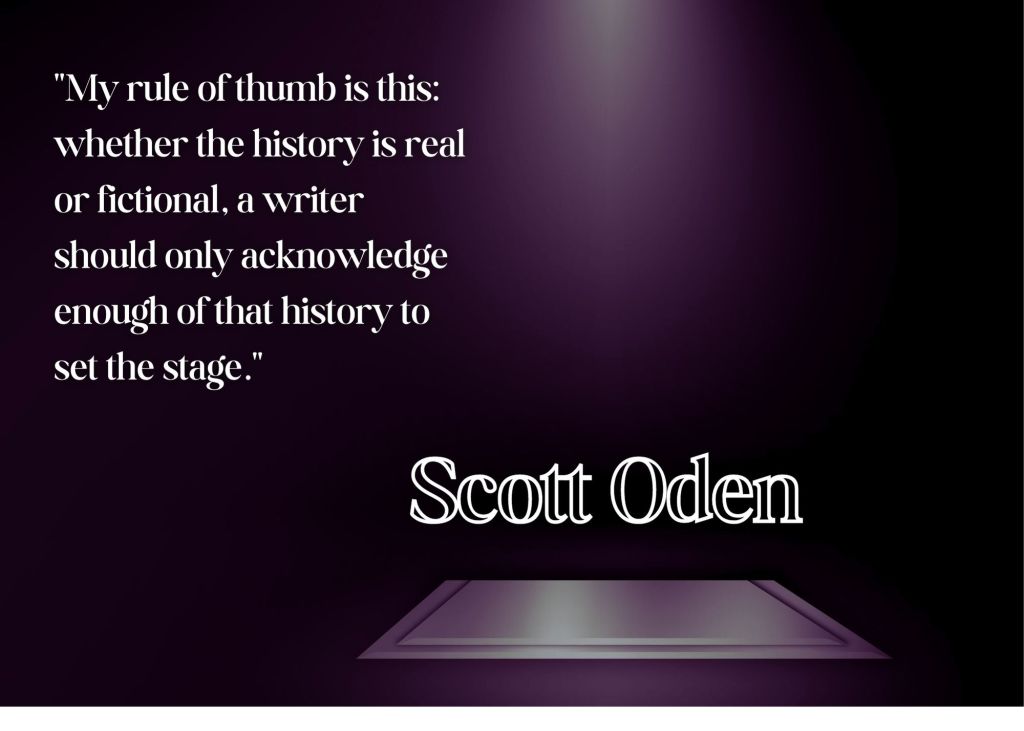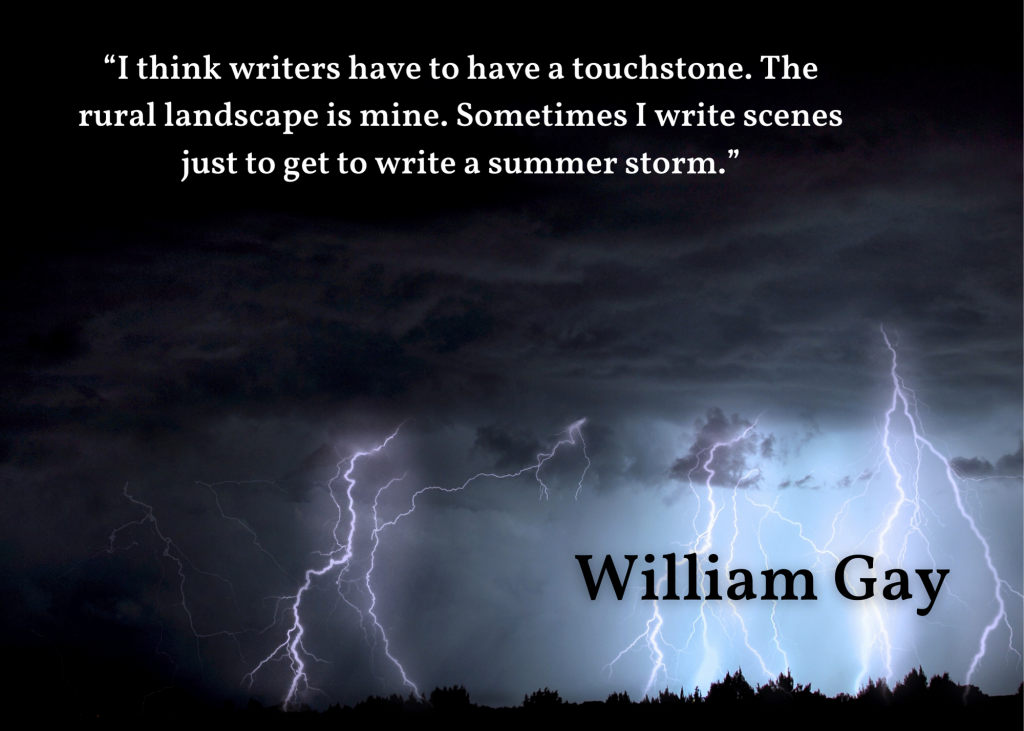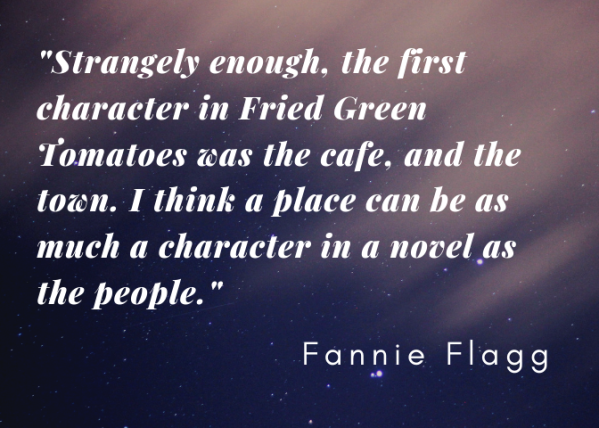I used to sing this ditty in the evening during my corporate existence:
“What shall I wear tomorrow? What shall I wear tomorrow? What shirt should I don, what pants should I put on? Oh, what should I wear, what should I wear?” I added more verses over the months, and then some dance steps. It became a whole Gilbert and Sullivan thing.
My wife hated it. I don’t blame her. She has good taste. Her only lapse is me.
The cats also weren’t pleased, giving me the look shared when they deem the food in their bowls unworthy of being eaten.
A confrontation is happening on the Wrinkle. I’m dressing my aliens as part of the scene, as it’s their first full on appearance, forcing me to regurgitate my old song. What do my aliens wear? Novel and movie aliens I’ve known, loved and despised darted through my thinking. My aliens are pretty uniform, partly be genetic exercise, so should they be uniformed? How much clothing is sufficient clothing for these travelin’ space people?
(Could Travelin’ Space People be a punk folk group? “She was on my ship; I shot from the hip. She had four eyes; they were full of surprise.”)
Dressing aliens isn’t an easy exercise, requiring thought about the many roles clothing can play an how these roles are parlayed into their mighty structure.
I think I need more coffee for this. Add some Irish whiskey to the four shots of espresso, please. It’s time to write like mad.















